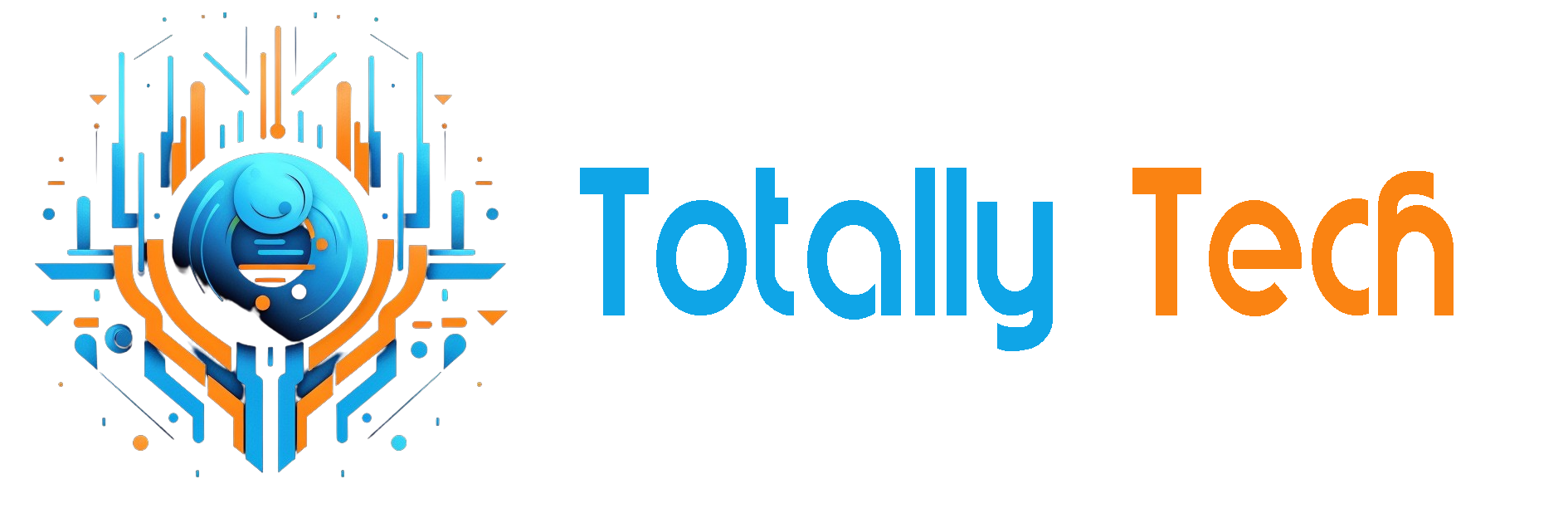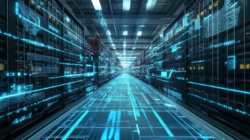
It’s no secret that generative AI and autonomous agents are redefining the creator economy. Generative AI can promote divergent thinking, challenge expertise bias, boost the inherent creativity, assist in idea evaluation and refinement, as well as facilitate collaboration with and among users.
While AI can make content production faster and more accessible, can it also make human creativity obsolete? From my experience, AI is rather reshaping the landscape – introducing new tools, workflows, and gatekeepers – and reorganizing how creative work has done. And while this shift offers a great potential, it also exposes real limitations in how AI currently serves the creative industry.
What’s broken: why AI still fails creators
Despite the prediction that generative AI can augment or automate up to 40% working hours, AI agents aren’t perfect. Content creators test the most popular tools on the market – from ChatGPT to Midjourney, CapCut to ElevenLabs. And while they definitely offer efficiencies, they also reveal systemic issues impacting the quality, safety, and independence of creative work.
1. Lack of customization
Proprietary AI models often operate like black boxes. They lack fine-tuning capabilities, making it difficult for creators to train AI on their own tone of voice, cultural and language nuances, as well as content consumption preferences. This leads to standardized outputs that often miss the mark with specific audiences. Think of a comedy YouTuber in Egypt or a beauty influencer in Kazakhstan – off-the-shelf AI just can’t match their authentic tone.
2. Data privacy and creative ownership
Creators are increasingly aware of how their content is used to train AI models. Once uploaded, a creator’s voice, script, or style may be fed into generative systems with no proper attribution – AI might “borrow” their creative work without consent or control. This isn’t just unethical – it undermines trust across the digital ecosystem and, in worst case scenarios, contributes to the intellectual property problem.
3. Limited integration
Even the most advanced AI models rarely plug directly into the websites, apps, or workflows creators use. Integrating AI into a creator’s workflow – from planning to publishing – still requires technical workarounds. This barrier slows down adoption, particularly for independent creators and small teams with limited resources, making custom content pipelines harder to build.
AI content factories: speed is the new scale
Despite the growing pains, AI is improving content velocity. We’re witnessing the emergence of AI-powered “content assembly lines” where full workflows – from ideation to editing – are compressed into hours instead of days.
For example, metadata generation is one of the most widely adopted use cases across our creator network. According to Yoola`s data:
- 60% of creators use VidIQ for metadata, including title optimization and tag suggestions.
- 15% use ChatGPT to draft descriptions or brainstorm content angles.
- 5% use MidJourney for thumbnails or visual previews – though this remains an advanced use case due to prompt complexity.
AI tools also enhance post-production. Over 90% of our clients use editing tools like CapCut or Adobe Premiere, and 15% of them tap into built-in AI features such as auto-subtitling, vertical video cropping, and music syncing. Localization tools like ElevenLabs and HiGen help creators publish multilingual content efficiently, expanding reach without needing full translation teams.
Still, the most successful use cases are hybrid – where humans define the tone, and AI scales it.
Power brokers: how AI creates new gatekeepers
Just as platforms like YouTube or TikTok became essential infrastructure for content distribution, AI layers may soon mediate the entire creative process. Already, we’re seeing a rise in AI-native platforms and agencies offering “automated content” at scale. But this also means creators risk losing visibility into how their content is generated, distributed, or monetized.
This shift parallels what we saw in the early platform era: creators gained massive reach – but lost ownership and transparency. We risk repeating that pattern with AI, unless creators remain at the center of these systems.
The solution? Adapt – and hire for the future. While the “AI will take your job” mantra keeps grabbing headlines and causing worries, in reality, we witness AI facilitating creation of a new layer of “power brokers” in the creative sector. We’re seeing increased demand for positions like:
- AI content curators – who review, fine-tune, and approve AI-generated materia to ensure brand voice consistency;
- Prompt leads – responsible for orchestrating the LLMs and vision models, as well as crafting instructions that guide model output;
- AI workflow designers – who build pipelines that combine human input and AI generation.
Those roles are quickly becoming central to how media campaigns, social content, and brand storytelling are executed. And while some production jobs will be replaced or restructured, others will evolve to take advantage of these new capabilities. Think of them as creative conductors – managing the complex AI-human relationships and guiding AI without letting it go rogue.
This human-AI collaboration model already shows promise. In recent campaigns, we tested a hybrid pipeline: a human strategist develops the concept, AI tools handle visualisation generation, and then a human editor adds cultural flavor and storytelling depth as a final touch. The result? Faster turnaround, lower costs, and high audience engagement.
Creative compass: the future is open
So where does this leave us? Especially since many AI platforms still operate as ‘black boxes’, and adherence to cultural context is still challenging the adoption of AI in the creator economy.
One answer is the open-source alternatives quickly gaining momentum. Chinese AI company DeepSeek recently released its R1 reasoning model under an open license, enabling more customized, transparent, and locally relevant AI tools. Alibaba followed with the Wan 2.1 open-sourced suite for image and video generation.
These developments are crucial for regions like EMEA and Central Asia, where creators operate outside of Silicon Valley’s cultural frameworks. With open models, creators and developers can build tools that reflect regional tastes, lingo, and audience needs – not just Western norms.
Another answer is mutual adjustment. Creators have to adjust to the reality that the line between human-made and AI-generated content is blurring. For example, generic banner ads or templated videos may soon be fully automated.
Yet, tasks requiring cultural nuance, emotional intelligence, and contextual depth – storyboarding, visual styling, audience engagement – will still need a human touch. Even as AI evolves into multimodal agents capable of assembling entire video clips from a text brief, the final creative decision will – and must – remain human.
Machines can generate endless variations, but only humans can choose the version that matters. The most impactful content of the next decade won’t be fully AI-made or fully human-made. It’ll be forged at the intersection – where creativity meets divergence, and vision meets velocity.
The winners won’t be those who resist AI. They’ll be the ones who master it – swiftly, ethically, and with an unshakable sense of human purpose.
The post AI Is Changing the Creator Economy – Will Digital Content Lose Human Touch? appeared first on Unite.AI.


